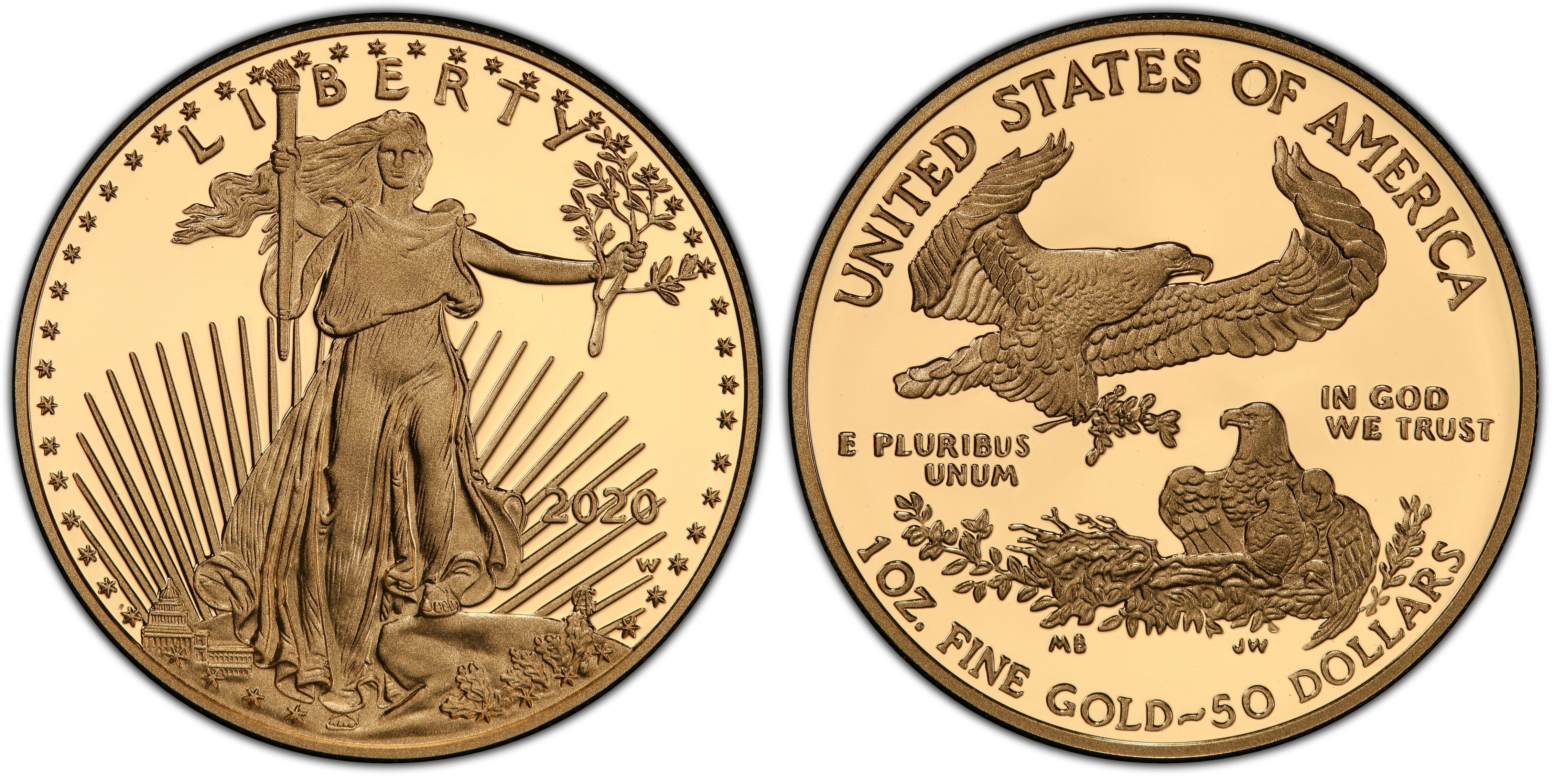

This design would remain in use until 1854 before giving way to an “Indian Head” portrait and other modifications. The dollar’s reverse is necessarily simple because of the coin’s small size: It bears the denomination 1 DOLLAR and the date within a simple wreath, which is encircled by the inscription, UNITED STATES OF AMERICA. On the dollar, she is encircled by 13 stars, symbolic of the 13 original colonies. For both, he came up with a similar obverse design: a left-facing portrait of Miss Liberty with a coronet, or small crown, in her hair. The job of designing both new coins fell to James Barton Longacre, the U.S. Thus did the nation’s smallest and largest regular-issue gold coins emerge from Washing-ton’s womb as fraternal twins. On March 3, 1849, Congress passed legislation authorizing not only gold dollars but also double eagles-$20 gold pieces. Mint Director Patterson was still on the scene and still opposed such coinage, but this time his resistance was swept aside. The discovery of gold at Sutter’s Mill in 1848 energized Congress to expand existing uses of the metal in U.S. coinage lineup until 1849, and yet another gold rush-this one in California-provided the spark. The gold dollar didn’t take its place in the U.S. Patterson opposed the idea vehemently and limited his compliance to striking a handful of patterns. In 1836, Congress even authorized such coins, but Mint Director Robert M. The success of their venture led to calls for government-issue gold dollar coins. This was perfectly legal under the existing federal statutes-but, even so, Uncle Sam began to watch the Bechtlers closely.
#1997 GOLD US LIBERTY COINS DIAMETER SERIES#
Finding that gold dust and nuggets were the primary medium of exchange in the area, Bechtler ran a series of ads in the North Carolina Spectator and Western Advertiser offering to refine raw gold into coins for a nominal fee.īy 1840, Bechtler and his family had turned out more than $2.2 million worth of gold coins, of which about half were gold dollars.

The first gold dollars made in the United States were privately minted issues produced about 1830 by a German immigrant named Alt Christoph Bechtler who operated a jewelry shop in Rutherfordton, North Carolina.

That rush had a major impact on United States coinage, leading to the establishment of two branch mints in the region-in Charlotte, North Carolina, and in Dahlonega, Georgia-and a sharp boost in the number of gold coins being made by the federal government. The groundwork was laid for this fascinating coin in the Carolinas and Georgia, where the nation’s first big gold rush took place in the early 1800s. That coin is the gold dollar, a mere pipsqueak physically, but a giant in terms of history, rarity and value. history owes its existence to two of the biggest gold rushes.


 0 kommentar(er)
0 kommentar(er)
